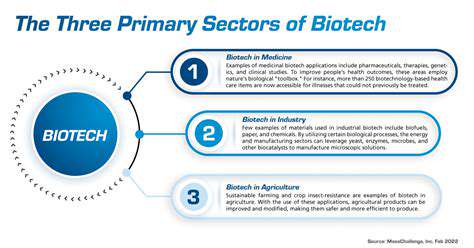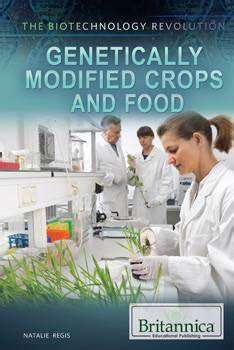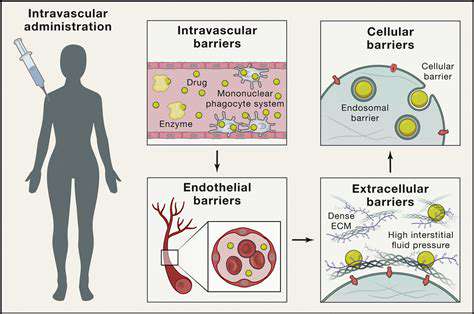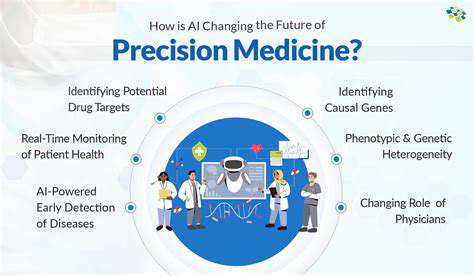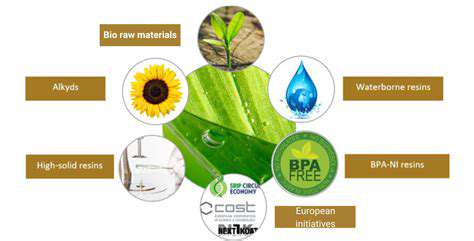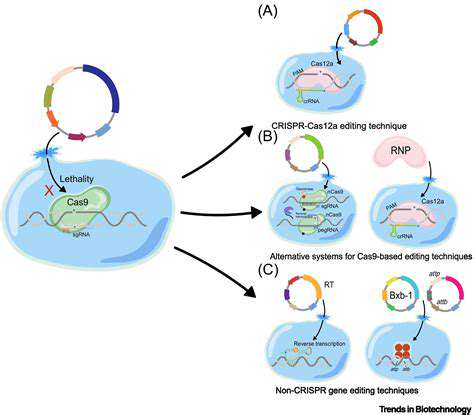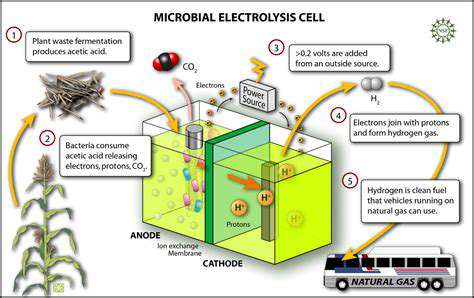The development of bio-based plastics represents one of industrial biotechnology's most promising applications. These materials, produced by microorganisms, offer a viable alternative to petroleum-based plastics. Beyond reducing fossil fuel dependence, bio-based plastics support a circular economy model where materials can be reused or safely returned to the environment.
Particularly exciting are the biodegradable plastics derived from renewable resources. These innovations address two critical environmental issues simultaneously: reducing reliance on non-renewable resources and minimizing plastic waste accumulation.
Bioremediation of Contaminated Environments
One of biotechnology's most valuable environmental applications is bioremediation - using microorganisms to clean polluted sites. These biological cleaners can break down contaminants in soil, water, and air, offering a cost-effective and eco-friendly solution to environmental damage. Genetic engineering enhances this process by creating microbes specifically designed to target particular pollutants, making environmental restoration more precise and effective.
Biomanufacturing of Chemicals and Materials
The chemical industry is undergoing a green transformation through biomanufacturing. By harnessing microbial capabilities, we can now produce important chemicals and materials from renewable resources instead of fossil fuels. This shift not only reduces environmental impact but also creates new economic opportunities in sustainable manufacturing.
The development of bio-based chemical alternatives marks a crucial step toward greener industrial processes. As these technologies mature, they promise to significantly reduce pollution while supporting sustainable economic development.
Improving Agricultural Practices with Biotechnology
Agricultural biotechnology is developing more sustainable solutions for farming. Bio-based fertilizers deliver essential nutrients while minimizing environmental harm, and biological pesticides effectively control pests without damaging beneficial insects or ecosystems. These advances support higher crop yields while reducing agriculture's reliance on synthetic inputs.
Sustainable Feedstocks for Biotechnological Processes
The success of industrial biotechnology depends on finding sustainable raw materials. Using agricultural byproducts and industrial waste as feedstocks helps minimize environmental impact while promoting circular economy principles. This approach not only reduces waste but also conserves natural resources, making industrial biotechnology solutions more viable long-term.
By prioritizing sustainable feedstocks, we can build industrial systems that are both environmentally responsible and economically sustainable.
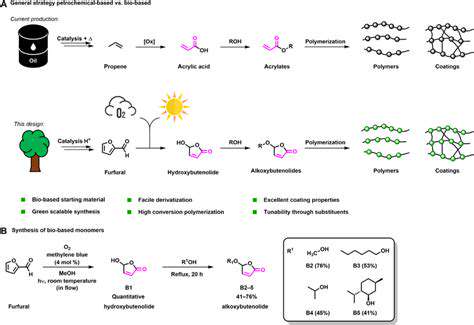
Enzyme Catalysis: Enhancing Efficiency and Sustainability
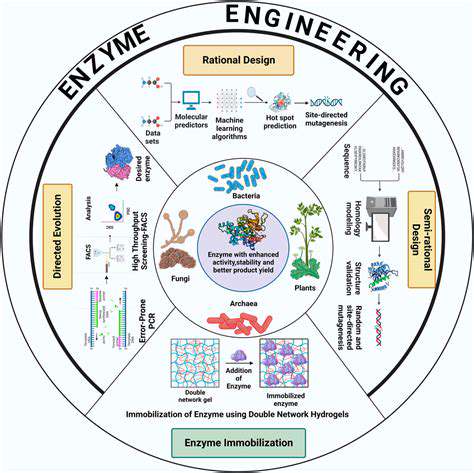
Enzyme Specificity and Active Sites
Enzymes are remarkable biological catalysts, each precisely designed to interact with specific molecules. This specificity comes from their unique three-dimensional structures, particularly their active sites - specialized pockets that bind and transform target molecules. The precise arrangement of amino acids in these active sites enables enzymes to distinguish between nearly identical molecules, ensuring they catalyze only the intended reactions.
While often described using the lock-and-key analogy, enzyme action is actually more dynamic. The induced fit model better captures how enzymes and substrates adjust their shapes during interaction, enhancing both specificity and catalytic efficiency.
Factors Affecting Enzyme Activity
Several environmental factors critically influence enzyme performance. Each enzyme operates best within specific temperature and pH ranges - conditions that maintain its optimal structure. Deviations can disrupt the enzyme's shape, impairing its function. Similarly, while increasing substrate concentration typically boosts reaction rates initially, this effect plateaus once all active sites become occupied.
Enzyme Inhibition Mechanisms
Cells carefully regulate enzyme activity through inhibition. Competitive inhibitors mimic substrates, blocking active sites, while non-competitive inhibitors bind elsewhere, altering the enzyme's shape. These natural control mechanisms help maintain metabolic balance within living systems.
Enzyme Cofactors and Coenzymes
Many enzymes require helper molecules called cofactors - either metal ions or organic coenzymes - to function properly. Coenzymes play particularly important roles as molecular shuttles, transferring electrons or chemical groups between reactions. Without these essential partners, many enzymes couldn't perform their catalytic functions.
Enzyme Regulation in Biological Systems
Living organisms employ sophisticated strategies to control enzyme activity. Allosteric regulation allows molecules to modulate enzyme function by binding to sites other than the active center. Cells also use covalent modifications and feedback inhibition - where end products suppress their own production - to maintain precise metabolic control.
Applications of Enzyme Catalysis
Enzyme applications span numerous industries. Food production utilizes enzymes in cheese-making, brewing, and baking. Medicine employs them for diagnostics and treatments. Biotechnology relies heavily on enzymes for manufacturing pharmaceuticals and biofuels. Their unmatched specificity and efficiency make enzymes indispensable tools across these diverse fields, enabling cleaner, more precise industrial processes.
Foraging for edible plants can be a rewarding experience, but requires careful attention to safety. Proper identification is absolutely essential to avoid potentially dangerous mistakes. Mistaking toxic plants for edible varieties can lead to serious health consequences. Always verify identifications using multiple reliable sources, including field guides and expert advice. Learning to recognize key plant characteristics - leaf patterns, flower structures, and stem features - forms the foundation of safe foraging practices.
Microbial Production for Sustainable Materials
Harnessing Microbes for Bio-based Plastics
Microbial production represents a groundbreaking approach to sustainable materials, especially for plastic alternatives. Bacteria and fungi can synthesize biodegradable polymers, offering solutions to both fossil fuel dependence and plastic pollution. Genetic engineering expands these possibilities, enabling custom-designed polymers with tailored properties for specific applications.
This biological manufacturing process capitalizes on microbes' natural metabolic capabilities while enhancing them through scientific innovation. Engineered microorganisms can produce polymers more efficiently, with precisely controlled characteristics like strength, flexibility, and environmental compatibility.
Bio-based Polymers for Diverse Applications
The potential uses for microbially-produced polymers extend far beyond simple plastic replacement. These versatile materials show promise for packaging, textiles, construction, and medical applications. Their biodegradability and reduced environmental impact make them attractive across multiple industries.
Microbial engineering allows precise tuning of material properties, enabling development of specialized polymers for specific needs - from ultra-strong construction materials to biocompatible medical implants.
Sustainable Alternatives to Petrochemicals
Microbial production provides a viable path away from petrochemical dependence. Traditional plastic production contributes significantly to greenhouse gas emissions and pollution. Bio-based polymers offer a cleaner alternative, reducing environmental impact while utilizing renewable resources.
Enhanced Production Efficiency and Cost-Effectiveness
Making microbial production economically competitive requires ongoing optimization. Researchers are improving both the genetic engineering of production strains and the fermentation processes they grow in. These advancements aim to increase yields while reducing costs, crucial for large-scale adoption.
Improving Biodegradability and Biocompatibility
A key advantage of microbial production is the ability to design materials that break down safely in the environment. Equally important is developing biocompatible polymers for medical use, enabling safer implants and devices that integrate well with living tissues.
Addressing Environmental Concerns through Bioremediation
Beyond material production, microbes contribute to environmental solutions through pollution cleanup. Certain microorganisms can break down hazardous contaminants, offering natural solutions for rehabilitating damaged ecosystems.
Future Directions and Research Opportunities
The field of microbial materials continues to evolve rapidly. Future research will focus on improving production efficiency, expanding material capabilities, and discovering new applications. Advances in genetic and metabolic engineering promise to unlock even greater potential in this exciting field.
